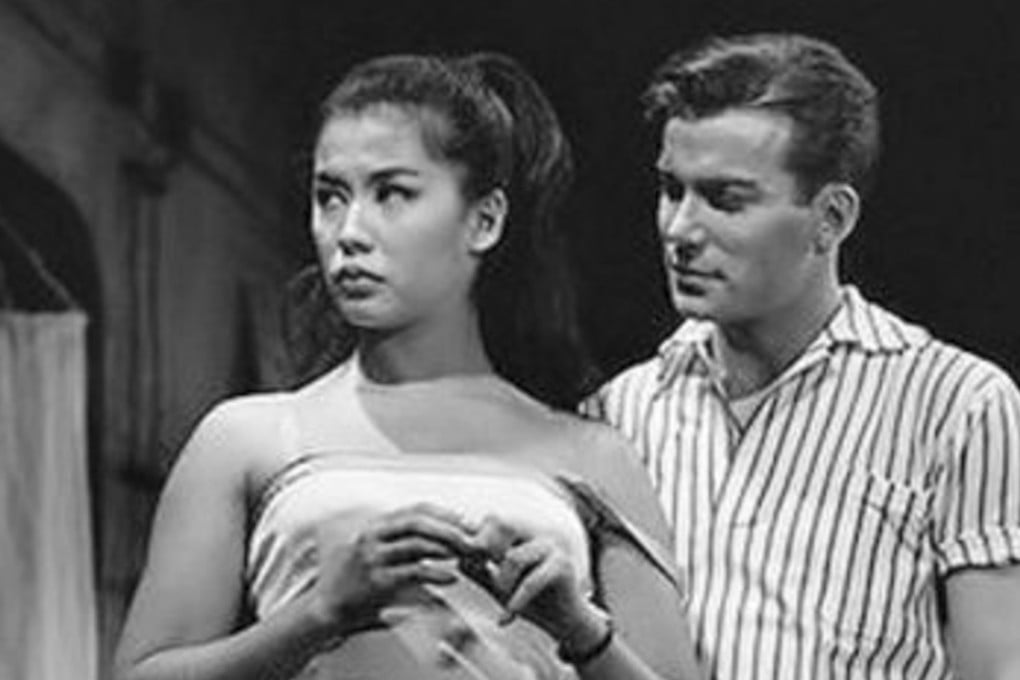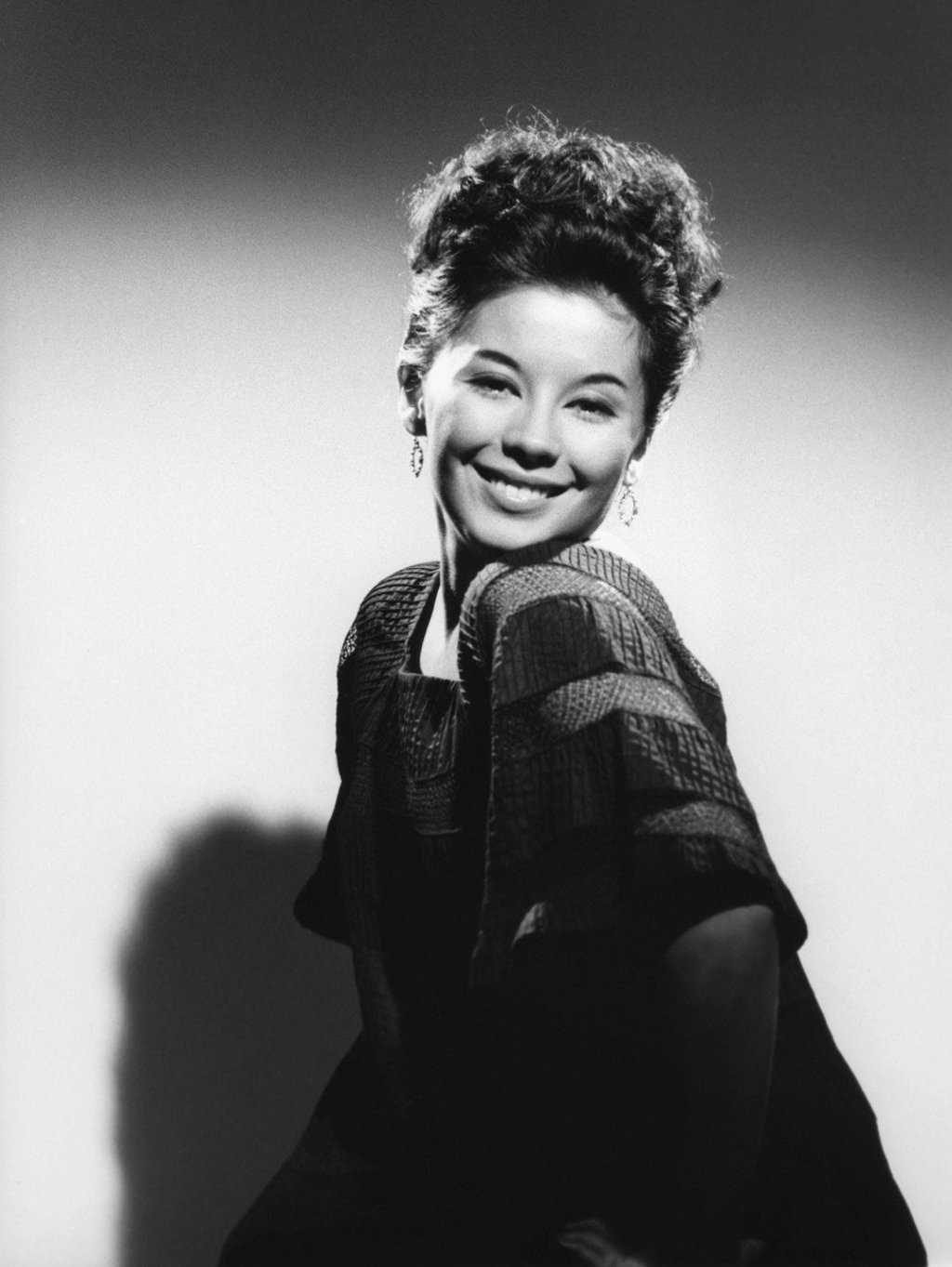Actor William Shatner on why The World of Suzie Wong was a tough act
Cast in the original 1958 Broadway version of Richard Mason’s best-selling novel, the Star Trek actor says people in the audience kept walking out on the play – until he ordered them to sit back down

Actor William Shatner has a unique place in the history of the romantic novel The World of Suzie Wong, which was published 60 years ago this year.
The Canadian, known for starring as James T. Kirk in the Star Trek television series, was the first man in the world to “woo” Suzie Wong in the original stage version.
Shatner, 27 when he was cast as budding young artist Robert Lomax, won the heart of the Hong Kong prostitute, played by Vietnamese-French actress France Nuyen, in 508 Broadway performances at Broadhurst Theatre and then 54th Street Theatre, in New York, between October 14, 1958 and January 2, 1960.

Yet Shatner, now 86, tells the South China Morning Post that reviews were so bad when it opened that had it not sold more than US$1 million in advance tickets it would have closed immediately.
Time magazine said Suzie Wong was “filled with every dusty, looped inanity, every faded, and tasseled cliché”.
The New York Times praised Shatner’s “modest performance that is also attractive”, then added, “a little wooden perhaps”. But it criticised the play’s idealised depiction of Suzie as “sweet, honest, selfless, courageous, and a good mother … Some day the avant-garde theatre may portray a prostitute as greedy, coarse, ignorant, untrustworthy, larcenous, furtive and possibly diseased.”